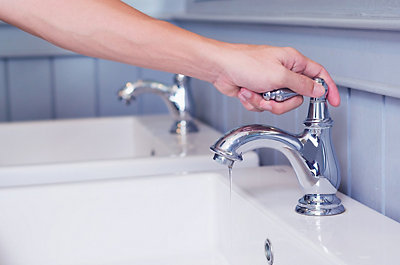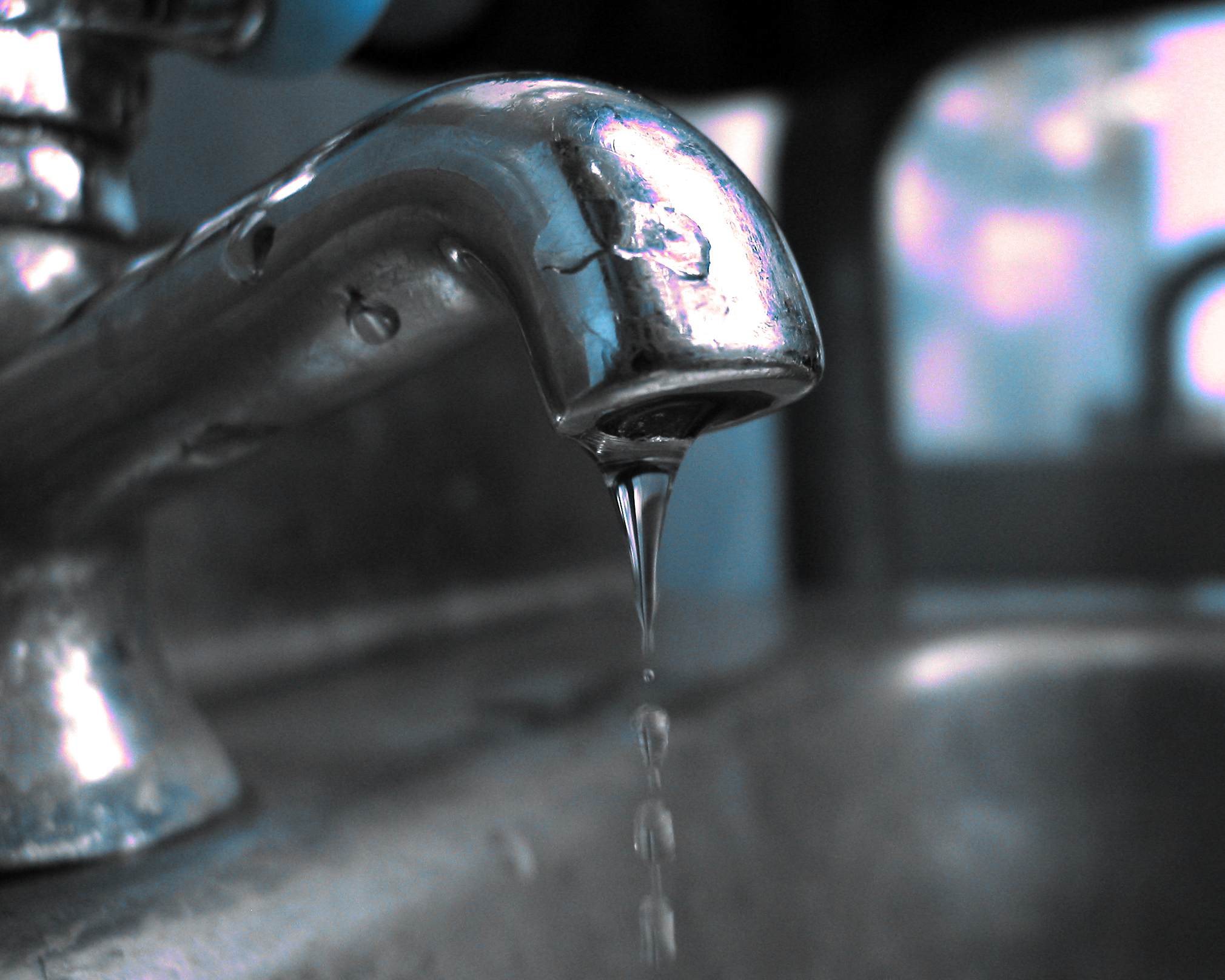My Factors Behind Resolving a Broken Faucet
My Factors Behind Resolving a Broken Faucet
Blog Article
Everybody has their private perception when it comes to How to Fix a Dripping or Leaky Faucet .

Dripping taps might seem like a minor hassle, but their impact exceeds just the annoyance of the noise. From drainage to sustaining unnecessary financial costs and wellness threats, overlooking a leaking tap can lead to various consequences. In this write-up, we'll delve into why it's essential to address this usual household issue immediately and effectively.
Wastefulness of Water
Environmental Influence
Trickling taps add dramatically to water wastefulness. According to the Epa (EPA), a solitary faucet dripping at one drip per secondly can lose greater than 3,000 gallons of water annually. This not only strains water resources yet also impacts ecosystems and wild animals dependent on them.
Financial Expenses
Increased Water Bills
Past the environmental effect, leaking taps can inflate water bills considerably. The built up wastefulness in time equates right into higher utility expenses, which could have been stayed clear of with prompt repairs.
Potential Residential Property Damages
Additionally, long term leaking can result in harm to fixtures and surfaces bordering the faucet. Water accumulation can trigger discoloration, deterioration, and even structural concerns if left neglected, resulting in extra repair service costs.
Health and wellness Concerns
Mold and Mold Development
The consistent existence of moisture from a dripping tap creates a suitable setting for mold and mold growth. These fungis not just jeopardize indoor air quality yet additionally posture health dangers, particularly for individuals with breathing problems or allergies.
Waterborne Diseases
Stationary water in trickling taps can end up being a breeding place for germs and other pathogens, enhancing the threat of waterborne illness. Contaminants such as Legionella bacteria grow in stagnant water, potentially bring about severe health problems when ingested or breathed in.
DIY vs. Professional Repair work
Pros and Cons of DIY Fixing
While some might try to take care of a leaking faucet themselves, do it yourself repairs feature their very own set of difficulties. Without correct expertise and devices, DIY attempts can intensify the problem or bring about insufficient repairs, extending the trouble.
Advantages of Hiring an Expert Plumber
Hiring a professional plumber makes certain that the underlying cause of the leaking faucet is addressed efficiently. Plumbers have the knowledge and tools to identify and fix tap problems successfully, conserving time and reducing the danger of additional damage.
Step-by-Step Overview to Fixing a Dripping Tap
Devices Called for
Prior to trying to fix a leaking faucet, collect the required tools, including a flexible wrench, screwdrivers, replacement parts (such as washers or cartridges), and plumber's tape.
Typical Faucet Issues and Their Solutions
Identify the sort of faucet and the particular problem creating the drip. Typical troubles include worn-out washing machines, rusty shutoff seats, or faulty O-rings. Describe maker instructions or on-line tutorials for step-by-step support on fixings.
Safety nets
Routine Upkeep Tips
To avoid leaking taps, perform regular upkeep such as cleansing aerators, inspecting for leaks, and changing damaged components quickly. Furthermore, take into consideration installing water-saving devices or updating to extra efficient fixtures.
Relevance of Prompt Repair Works
Attending to dripping taps as quickly as they're noticed avoids more water wastage and prospective damages, inevitably conserving both water and money over time.
Influence On Property Worth
Assumption of Well-Maintained Residential Or Commercial Property
Preserving a residential or commercial property in good condition, including attending to upkeep concerns like dripping faucets, boosts its regarded worth and worth amongst prospective customers or occupants.
Influence on Resale Worth
Qualities with well-maintained plumbing fixtures, including taps, command greater resale worths in the property market. Dealing with dripping taps can add to a positive impact throughout home inspections and negotiations.
Environmental Duty
Specific Payment to Preservation
Taking duty for taking care of leaking taps lines up with broader efforts toward water conservation and environmental sustainability. Every individual's actions collectively make a substantial effect on preserving priceless sources.
Lasting Living Practices
By focusing on timely repairs and taking on water-saving practices, individuals contribute to lasting living practices that profit both present and future generations.
Final thought
Attending to a leaking tap exceeds plain comfort; it's a necessary action towards conserving water, decreasing financial prices, and securing health and wellness and residential property. Whether via do it yourself repair work or professional assistance, doing something about it to repair trickling taps is a tiny yet impactful method to advertise liable stewardship of resources and contribute to a much healthier, much more lasting future.
How to Fix a Dripping or Leaky Faucet
A leaking faucet is one of the most common problems that homeowners encounter, but it being commonplace doesn’t make it any less annoying. The constant drip drip drip of a leaking bathtub faucet, showerhead, or sink tap can disturb your home’s serenity. Left neglected, a dripping faucet can also result in higher water bills and discoloration or mold growth in your sink or plumbing fixtures.
Fortunately, you don’t have to be a trained plumber to know how to stop a dripping faucet. With some basic tools, replacement parts, and a little patience, leaky faucet repair is a breeze. In this article, we’ll explain what causes dripping faucets and how you can fix them.
What Causes a Leaking Faucet?
Kitchen and bathroom faucets come in all manner of designs, but most involve some combination of valves, O-rings, seals, and washers. The O-ring is usually the weakest link, but any one of these pieces can wear down over time. Heat, moisture, temperature fluctuations, minerals, mold, and movement can contribute to warping and corrosion, breaking the watertight seal. This just comes with the territory of being a homeowner. Everything is always subject to wear and tear, and some component parts of your appliances and fixtures need to be replaced on occasion. At least replacement O-rings are cheap!
More rarely, dripping faucets can be a symptom of excessively high water pressure. Were this the case in your home, you would probably notice that the leak is not isolated to one faucet. Water pressure issues are harder to resolve on your own. We recommend contacting a professional plumber if you suspect your water pressure is too high.
How to Fix a Dripping Faucet
Pipe wrench or monkey wrench Allen wrench set Screwdrivers Old towel or rag Shut off the water.
Before you do anything, you need to turn off the water to keep from drenching your kitchen or bathroom. You should find a valve under the sink and against the wall. Once you’ve turned this valve, try turning the faucet on to confirm that the water source has been cut off.
If you can’t locate your local valve for the faucet you’re working on, you can always shut off the water to the house at the main valve. Of course, this will prohibit anyone from using the sinks, showers, or toilets while you’re working on the faucet that’s giving you trouble.
Plug or block the drain.
You’ll be disassembling the faucet and removing some small bits of hardware. Plug the drain with a stopper or rag to avoid the possibility of a small screw falling into your P-trap.
Take apart the faucet assembly.
There are several varieties of kitchen and bathroom faucets, each with its own manner of assembly. For detailed instructions on how to disassemble your faucet, you can refer to the fixture’s manual or contact the manufacturer. If you know whether you have a ball, disc, cartridge, or compression faucet, you can find detailed schematics online.
In general, you need to begin by removing the faucet handles. You might notice a small screw that you’ll need to remove with a screwdriver or Allen wrench. If you don’t see any visible securing hardware, it’s likely hidden under a decorative cap that can be unscrewed or popped off with flathead screwdriver.
Remove each piece methodically, consulting a schematic when necessary. Take notes or arrange the pieces in such a way to make it easier to correctly reassemble the faucet later.
Remove the cartridge.
Once you’ve removed the handles and securing hardware, you should be able to remove the valve cartridge or stem. Some cartridges will slide right out. Other faucet models will require you to loosen a nut with a pipe wrench before you can remove the valve stem.
Examine the exposed hardware.
With the cartridge or stem removed, inspect the component parts. Check the rubber O-rings for wear and tear. Also examine the seat washer for corrosion or other damage. These pieces are usually the responsible parties for a dripping faucet, but it’s worth inspecting the other component parts while you have the faucet disassembled.
Find replacement parts.
Once you’ve identified which faucet component has failed, find an identical replacement. Your local hardware store should have O-rings, seat washers, and other standard components in stock. If you have a luxury or uncommon faucet, you may have to contact the manufacturer for a replacement part.
It’s a good idea to take your old parts with you to the hardware store so you can compare them with the store’s inventory and be sure you’re purchasing the correct replacement.
Reassemble the faucet.
With your new parts in hand, reconstruct the faucet and handles. Don’t be tempted to overtighten screws or nuts. You might think this could create a better seal, but it can instead damage or bend a delicate part of the assembly and create a new problem for you.
Turn on the water and test the faucet.
The only thing left to do is test your work. Unplug the sink, turn the water back on, and try the faucet. Congratulate yourself on a job well done!
https://www.libertyhomeguard.com/how-to-fix-a-dripping-or-leaky-faucet/

We hope you liked our excerpt on . Thank you for taking a few minutes to read through our piece. You should take the opportunity to distribute this blog entry if you enjoyed it. We treasure reading our article about What Causes Leaky Faucets & How To Fix Them.
Report this page